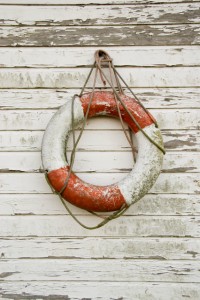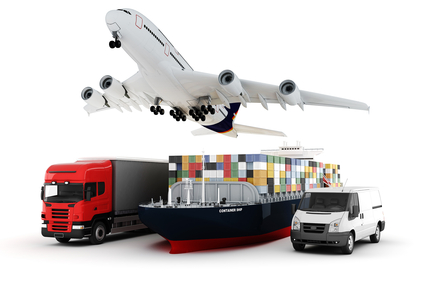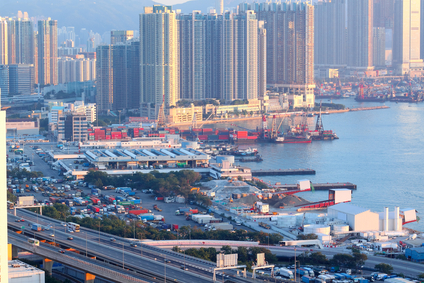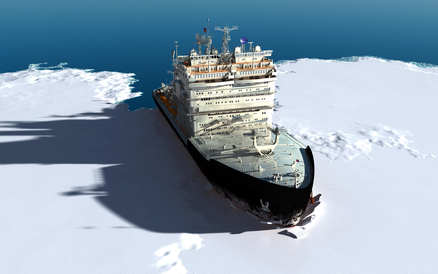 10 Tips: Vetting a Marine Engineering Supplier
10 Tips: Vetting a Marine Engineering Supplier
Anytime you enter into a business relationship with a new vendor or supplier, you need to thoroughly research the company. Any business can offer goods or services. To really understand if a new supplier is a good fit for your company, it’s the details that should determine who you are going to work with. The following are ten tips to consider in vetting a marine engineering supplier
1. Factor in the supplier solutions using life-time costs
When investing in a piece of equipment that is meant to last for a very long time, the number one question to ask is if you’re getting the best value. It won’t help your business if you cut corners on purchasing, only to find yourself replacing that same item because of quality concerns. Consider adding the costs of maintenance, training employees to learn how to use the equipment and potential downtime to your business if the equipment malfunctions
2. Focus on engineering experience
Your potential supplier should have an open book policy with regard to the company’s past engineering projects. The shipping industry is picking up steam and moving at a rapid pace to accommodate the modern designs of vessels and containers. Does your supplier have experience adapting to these emerging technologies?
3. Start the dialogue with suppliers early
You don’t want to wait until your project is in the final phase of deployment before engaging with suppliers. They should be brought onto the project in the initial start-up phase. This way, you’ll quickly find out which supplier can deliver on their performance promises and which ones won’t make the grade.
4. Establish a relationship with the entire supply team
With a new supplier, you won’t be working just with the engineers; but also with sales and business development staff members, including their support team. You need to feel comfortable working with all levels of a company before signing over a huge contract. It’s vital that you get prompt and accurate information from your supplier contact and that the company speaks with one voice.
5. Conduct an onsite review
Before signing the final agreement, you are well within your rights to inspect the supplier’s manufacturing center. If you aren’t allowed on site, then you should seriously consider dropping that supplier. What are they hiding?
6. Demand witness testing
Anything can be made to look good on paper. For example, what if they are using an untested piece of equipment, do you want to take that kind of risk with your business? Don’t wait for the supplier to offer a full test. Demand that one be set up and the results be made instantly available for your review. Better yet, ask to have it done in front of your engineering team.
7. Review the track record
You should be working with an engineering supply company that can prove its track record of success. This includes following up on past client testimonials and third-party reviews. Anyone who is dodgy about sharing past performance reviews is someone you should be leery of.
8. Review material certification
Before ordering any piece of engineering supply, you should be able to examine a sample of that item. You don’t want to be surprised by a shoddy piece of equipment being delivered. Furthermore, ensure you trace the source materials for the equipment.
9. Make sure costs of employee training is covered by the supplier
A supplier shouldn’t just drop off a piece of equipment and be on their way. They should provide comprehensive training for your staff with regard to operation and maintenance of that item.
10. Find out about after sales policies
Tech support has become an important component of every product we buy. That is extremely vital with engineering supplies. The supplier you’ll be doing business with should be able to provide support assistance whenever it is needed.










